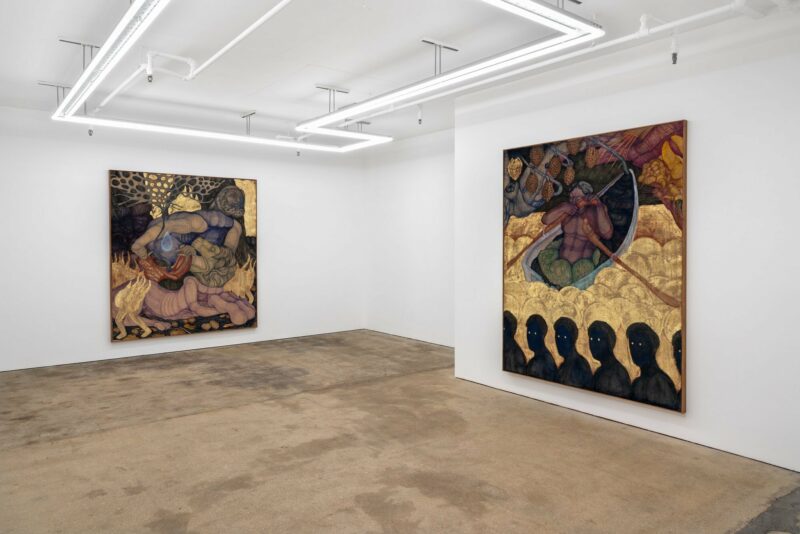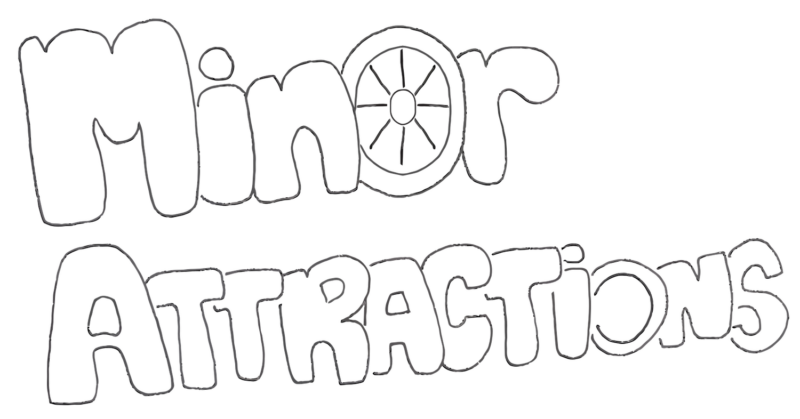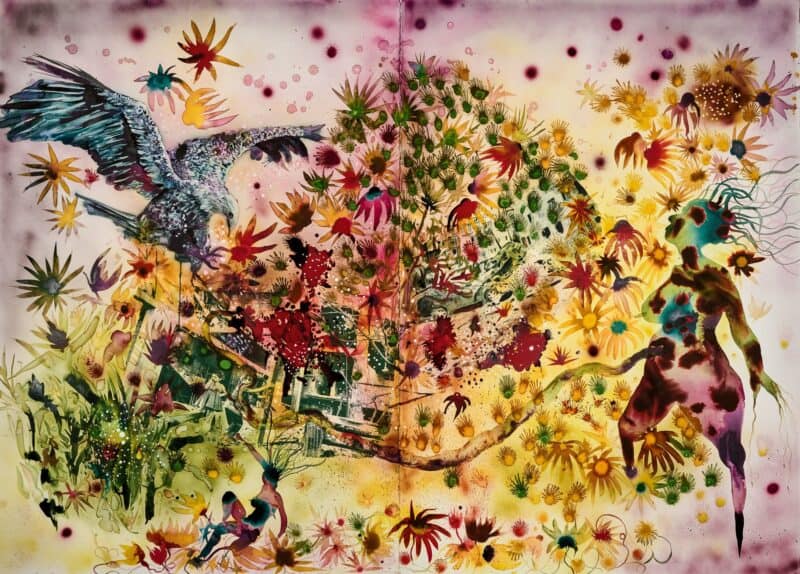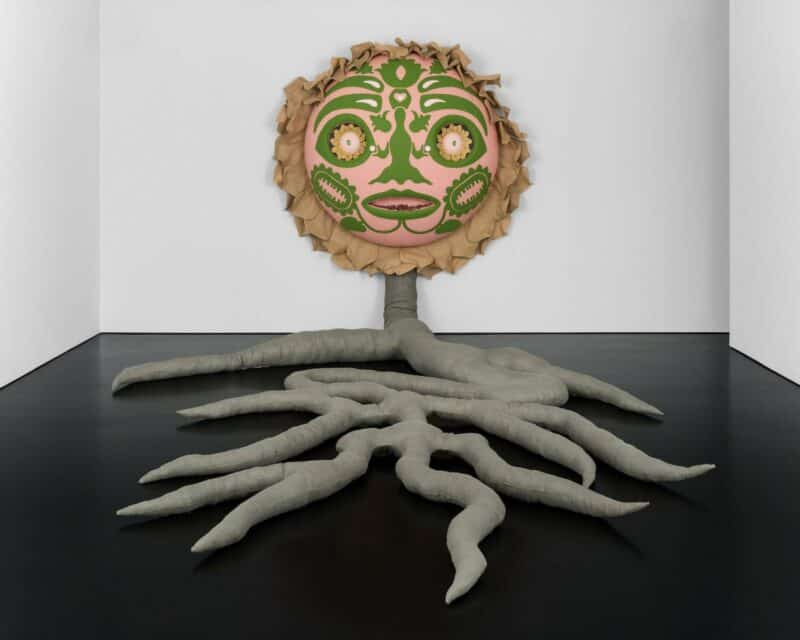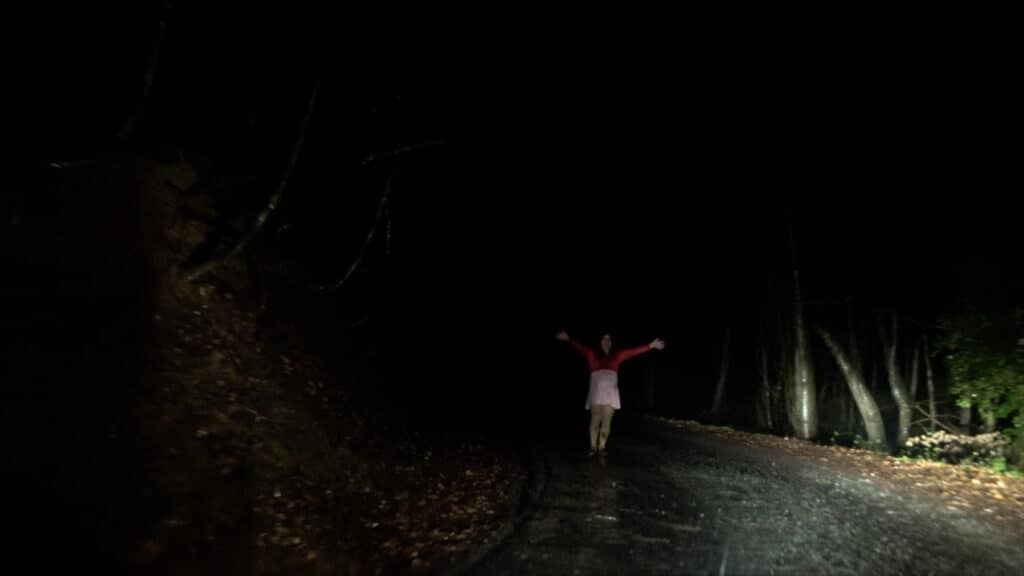
Niru Ratnam Gallery has announced the representation of Kutlug Ataman and a solo exhibition for Ataman with the gallery spread across two venues. This will be Ataman’s first gallery solo exhibition since he made a public announcement in 2013 that he needed a clean break from his art practice. Up until that point Ataman had enjoyed a stellar art career, featuring in the Venice Biennale (1999), documenta 11 (2002), Sao Pãulo Biennial (2002, 2010), Berlin Biennial (2001), Tate Triennial (2003) and four editions of the Istanbul Biennial. He also won the Carnegie Prize and was shortlisted for the Turner Prize (both 2004).
By 2013, however, Ataman decided to turn his back on the art world: “I left both London and Istanbul, moved back to my ancestral land in deep Eastern Turkey and focused on human struggle, on our relationship with nature, not only about what goes on in greater society but also at a personal level.” He switched his focus towards a more holistic concept of art, culture and environmentalism and a critique of neo-liberalism and global capitalism. In 2015 he founded Palanga Art and Architecture Farm (PAAF) in the mountains of Erzincan, Turkey. PAAF brings together responsible and holistic farming methods set within architectural projects commissioned by Ataman, a number of which have won architecture awards.
Ataman’s exhibition at Niru Ratnam Gallery will feature ‘The Stream’ (2022) which is the first new work shown by Ataman since ‘The Portrait of Sakip Sabanci’ (exhibited at the Venice Biennale in 2015 and The Royal Academy, London in 2016). ‘The Stream’ consists of a collection of twenty televisions that are suspended in a rough pyramid shape onto a wooden structure. Eight different films variously play on the television screens. On them, we see and hear a hand-held hoe digging an irrigation stream. Each of the films is a close-up. The viewer can occasionally see the hand of the digger on the hoe and hear the sound of their breathing but the main sound is the hoe scraping against the hard ground. The televisions are positioned so that the stream that is being dug runs upwards from the ground to the ceiling of the gallery. Ataman says of the work:
” To me, it is about reconstructing, rethinking and starting from scratch. I feel it is also about soil and water meeting and creating life, and the struggle that involves such a task. When I was making it though, I was only digging the soil and let the dry soil meet with water so I could turn the barren land into a green garden for myself. It was an attempt to heal myself.”
At a second space located at 6 Denman Place, Soho, W1D 7AH, Ataman will also show photographic work from his new series ‘Other Planets’ (2022) which looks at the societal oppression of subject positions deemed other by authorities. The series, which also includes a major new film, builds on themes seen in earlier works such as ‘Women Who Wear Wigs’ (1999). In addition, Ataman is working on his new feature film ‘Hilal, Feza and Other Planets’ which will debut later in 2022. Ataman says of this new series:
“The subjects of these series are trans individuals who volunteered to come and act the oppression they endured during the ’90s. Trans subjects are one of the leading political forces for human rights and embody the basic right to exist. It came to my mind during the filming that the sequence had a documentary quality since none of them were actors. What started as a sequence for a fictional work became real in my mind, and I was naturally drawn to this situation where artifice was crisscrossing with reality.”
The gallery’s relationship with Kutlug Ataman started back in 2002 with the publication of an interview with Ataman by Niru Ratnam for The Observer on the occasion of the artist’s solo exhibition at the Serpentine Gallery.
Born in Istanbul in 1961, Ataman left to go to film school in Los Angeles in the early 1980s. He returned in the mid-’90s as an openly gay practitioner making feature films. In 1997, Ataman changed technique, pointing a camera at the opera singer Semiha Berksoy for almost eight hours. The resulting work, ‘semima b. unnplugged’ was picked up by the curator of the Istanbul Biennial and then Ataman featured in the well-known exhibitions listed above in quick succession.
Ataman’s work of this period focused on allowing his subjects to tell their stories and articulate their subject positions that often undermined the concept of fixed genders or sexualities in favour of more fluid, subjective points of identification. As Ataman pointed out to Ratnam in that 2002 article: “I am drawn to people who broadcast who they are. I like to draw attention to the way identity is formed through talking.” Many of the readings of the works that Ataman became well-known in the first decade of the twenty-first century might be seen as pre-figuring contemporary debates around identity and subjectivities.
Ataman returns to exhibiting at a time when those issues he explored at the start of the century are more urgent than ever. As Elizabeth Schambelan wrote in Artforum in 2010 on Ataman’s mid-career retrospective at Istanbul Modern, “The artist’s grand themes—the heroic nature of self-creation and self-transformation, the fluidity and inherent performativity of gender, sexuality, and personality—are themselves politically sensitive, insofar as they are unabashedly queer.”
Kutlug Ataman at Niru Ratman Gallery 13th April – 14th May 2022 Wednesday through Saturday, 12noon to 5pm Locations: Niru Ratnam Gallery First Floor 23 Ganton Street London, W1F 9BW & 6 Denman Place Ham Yard London, W1D 7AH
Further reading: Kutlu? Ataman — ‘The moment you step out of the system, you are no longer an artist’ FT
About the artist
Born in 1961 in Istanbul, Turkey. Acclaimed feature film-maker and contemporary artist. Ataman!s films are known for their strong characterisation and humanity. His early artworks examine the ways in which people and communities create and rewrite their identities through self-expression, blurring the line between reality and fiction. His later works focus on history and geography as man-made constructs. Select awards & exhibitions: Documenta (2002), the Venice Biennale (1999), Tate Triennale (2003), Istanbul Modern, Turkey (2010/11), MAXXI – the National Museum of 21st Century Arts, Rome (2010), Brighton Festival, UK (2011), Whitechapel Gallery, London (2010), Ludwig Museum, (Cologne (2009/10), Lentos Kunstmuseum, Linz (2009) Vancouver Art Gallery (2008), The Orange County Museum of Art, Newport Beach, California (2007), MuHKA, Belgium (2006), Artangel (2005), Museum of Contemporary Art, Sydney (2005), Serpentine Gallery, London (2002) and Nikolaj, Copenhagen Contemporary Art Centre, Denmark (2002). São Paulo Biennial (2002, 2010), Berlin Biennial (2001) and Istanbul Biennial (1997, 2003, 2007 and 2011). Ataman won the Carnegie Prize (2004) and was part of the Turner Prize shortlist (2004). His artworks are in major international collections, including MoMA, New York, Tate Modern, London, Thyssen-Bornemisza Art Contemporary, Vienna, the Dimitris Daskalopoulos Collection, Athens, Istanbul Modern, Istanbul and the Carnegie Museum, Pittsburgh
